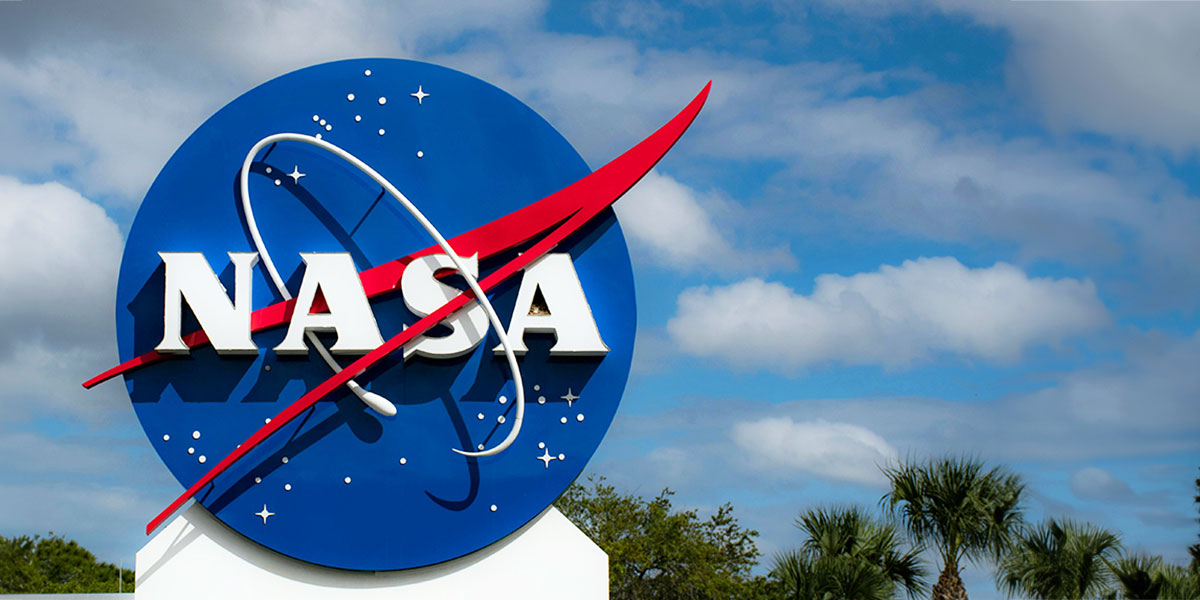Multiple projects connect Baylor and NASA in research supporting space exploration

In the last year, multiple Baylor professors have earned NASA grants and/or partnered with the space agency on projects to help us better understand our universe.
Dr. Peter James, assistant professor of geosciences, earned an Early Career Award from NASA for his contributions to planetary science. James founded Baylor’s Planetary Research Group, where his research has uncovered a mysterious mass on the far side of the moon and examined gravity field data from spacecraft orbiting planets. With this award, he’ll advance studies on the impact of craters and volcanoes on rocky planetary surfaces.
Earlier this year, Dr. Yang Li became the first Baylor environmental science faculty member to earn a NASA Early Career Investigator Program in Earth Science Award. An assistant professor of environmental science at Baylor, Li earned the award for an innovative project which will allow scientists to better understand the impact of climate change and atmospheric conditions related to wildfire smoke and pollution.
Dr. Ben Rose, assistant professor of physics, is part of a team preparing the Nancy Grace Roman Space Telescope for launch. The telescope is NASA’s next generation follow-up to the Hubble Space Telescope. Rose will help lead a team preparing the telescope’s infrastructure so it can effectively process, manage and distribute the data it gathers.
Drs. Trevor Fleck, Paul Allison and Brian Jordon from Baylor engineering are all part of a team working to develop sustainable in-space manufacturing — gathering fragments of debris floating in space and recycling them to creating new materials for possible human habitation in space. This ambitious project is funded by the National Science Foundation and features NASA as a partner — fitting for a project that could allow for the development and repair of much-needed materials away from the earth’s surface.
Such efforts continue Baylor’s long history of NASA partnerships — a natural fit, considering Johnson Space Center is just a little over three hours away in southeast Houston. Faculty members such as Dr. Lorin Matthews (BS ’94, PhD ’98), an expert in dusty space plasmas, and her colleagues in CASPER (Baylor’s Center for Astrophysics, Space Physics and Engineering Research) have long earned grants from NASA to fund research that supports America’s space exploration efforts. As a new generation joins that roll, we’ll likely see these partnerships continue to grow in the future.
Sic ’em, Baylor space researchers!

